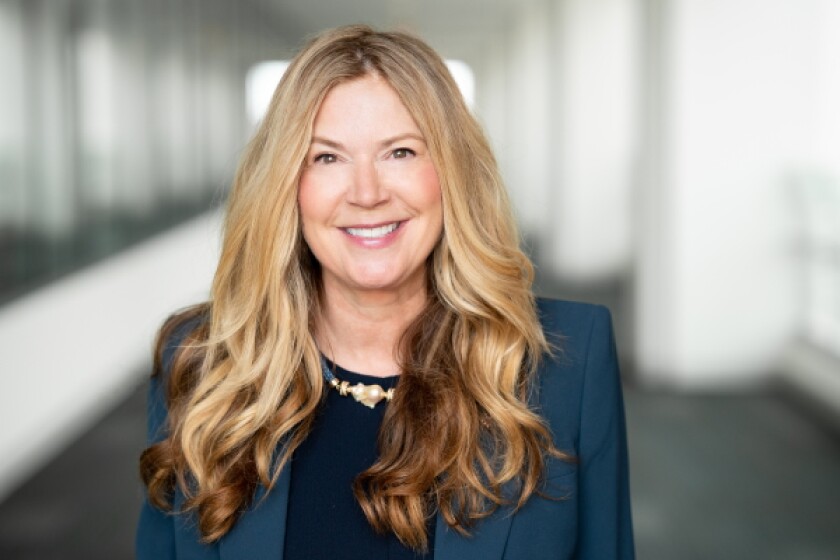The USPTO announced that it would revisit its subject matter eligibility guidance today, July 25.
USPTO director Kathi Vidal indicated in the blog post in which she announced the news that she wanted to provide more consistent examination on patent eligibility.
She said the USPTO started to address Section 101 uncertainty after former director Andrei Iancu introduced the 2019 Revised Patent Subject Matter Eligibility Guidance, but that more needed to be done.
Vidal said she encouraged the public to send any thoughts or comments on the guidance to 101@uspto.gov by September 15 2022. She noted that it would be easier for the office to assess specific comments, and that proposed redlines were welcome.
Robert Sokohl, a director in Sterne Kessler’s electronics practice group in Washington DC, said this development was encouraging and that Vidal’s leadership was greatly needed and appreciated.
“In addition to Director Vidal’s efforts, which are a solid step in the right direction for those seeking patent protection, we recognise that action by Congress, the Federal Circuit, and the Supreme Court is also needed to provide further clarity in this critical area of intellectual property law.”
The USPTO released a report on the state of subject matter eligibility in June.
The office found that stakeholders across the spectrum agreed that Section 101 needed to be clearer, more predictable and consistently applied. It also confirmed that different stakeholders maintained diverging views on the matter.
In October 2019, the USPTO provided updates to its Section 101 guidance on claims that recited judicial exceptions, groupings of abstract ideas and judicial exceptions integrated into practical applications, among other matters.
The guidance, introduced in January 2019, explained that abstract ideas included mathematical concepts, certain methods of organising human activity and mental processes.
It also included a two-prong inquiry for whether claims were directed to judicial exception. Examiners had to consider whether claims recited judicial exceptions and, if so, whether claims integrated the exceptions into practical applications.
Patent eligibility law, which is set out in Section 101 under Title 35 of the US Code, has been a bone of contention among patent lawyers since the Supreme Court’s rulings in Mayo, Myriad and Alice in the 2010s.
These edicts made it harder for applicants to obtain diagnostics, gene sequencing, software and other related patents, and made it easier for others to invalidate these types of registrations.










